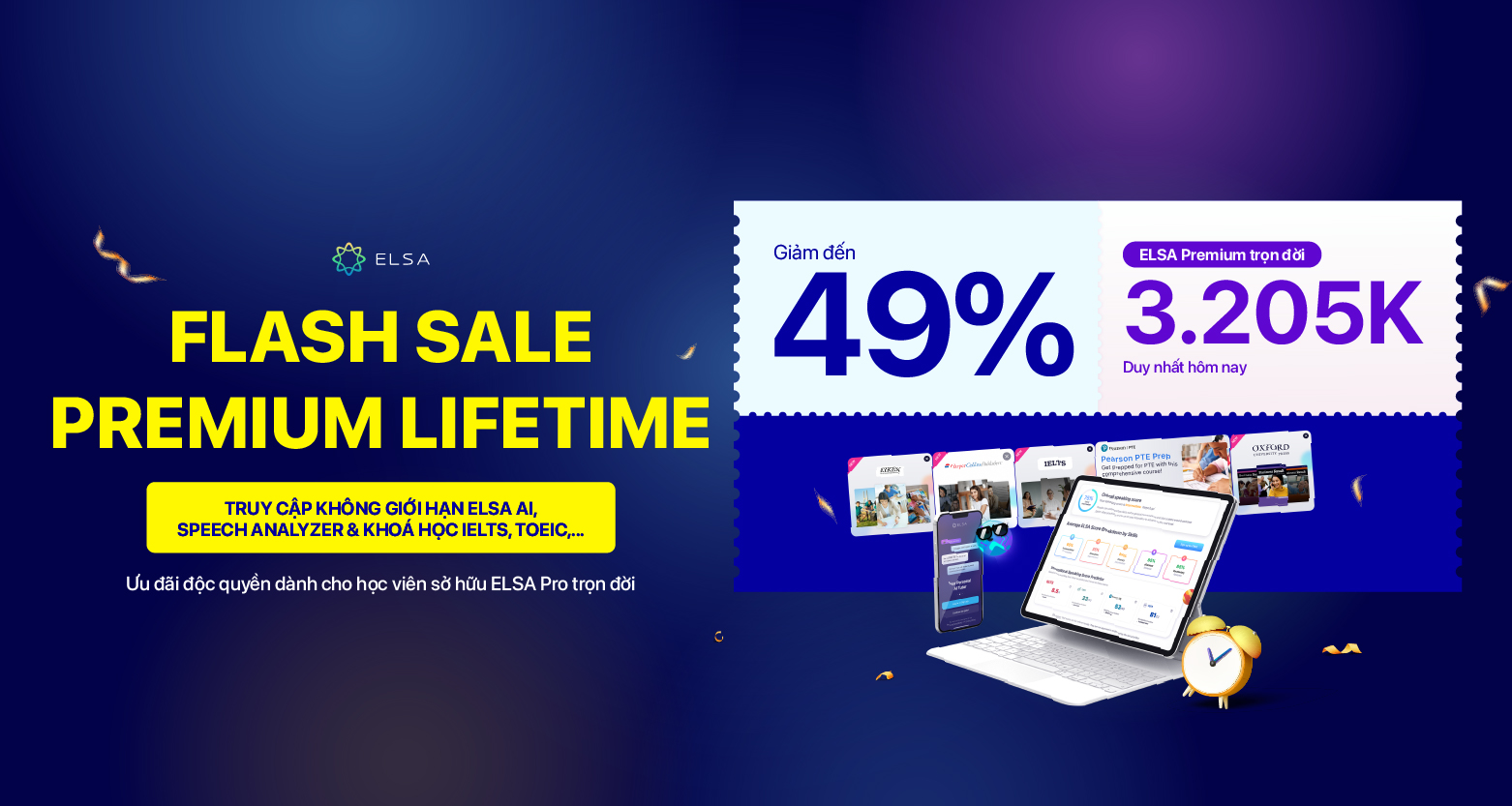Let’s look at the bright side of this year: To learn about the past and what the future has for us. In this blog post, we will examine the main developments in human resources that are shaping the future of workers for 2021 and beyond. Please read on and give us your view!
New definition of “offices”: Hybrid
Gartner carried out a survey amongst 127 enterprises in June 2020 to find out their plans for post-COVID workplaces. In the study, 47% of businesses will be able to operate remotely during the pandemic. Flexible-day was introduced by other firms (43% of respondents) so workers can switch between remote or on-site jobs. So we’re getting close to the hybrid age.
Kiểm tra phát âm với bài tập sau:

One of the hottest developments in human resources in 2021 is the hybrid office that provides a flexible way to organize a place to work:
- Partially remote, which involves working on the spot with a portion of the staff. It is a common situation for businesses that cannot remotely move such processes because of security or hardware constraints.
- Flexible remote hours and days, allowing workers to handle their workflows and leave the workplace often. A co-working organization in the office, having no dedicated desk or workspace for workers, can reserve the office in advance once they plan to work on site.

Employee experience: Redefined
The definition of employee experience with COVID-19 changed marginally to the experience of life that is not linked to a workplace or the physical appearance of a team. In a recent study by McKinsey, in 2021, businesses will concentrate on strengthening their leadership and a sense of confidence within the working population and future workers. These results are no surprises, since in unpredictable times, workers would want a reliable and welcoming environment. In 2021, we will see businesses refine their workforce experience, commitment strategies and incentive programs among HR patterns.
Employee upskilling
A new study by Udemy found that upskilling demand increased to 38% in 2020. For comparison, this percentage was just 14% in 2019. How is upskilling one of the key developments in HR? Because it’s a sustainable and lean approach to develop your workforce. Upskilling helps workers maintain their expertise, enhance productivity, and reduce recruitment and onboarding costs since enterprises can retain their staff.
Many companies are now facing problems such as laid off, sick leaves and the transition to remote working. To remain flexible and responsive to the demands of the external market, companies need to take upskilling initiatives to help employees stay competitive in the labor market.
One of the most popular methods for staff upskilling is operating training sessions based on business’s development strategy in both short and long terms. Many businesses have been implementing innovative ways to operate training courses with the assistance of technology such as AI, VR or Machine Learning, which can significantly enhance staff’s experience.
A typical example is English speaking application ELSA Speak. It uses AI technology to quickly comment and detect mistakes in pronunciation, thereby helping employees practice speaking English. The lessons and learning path of ELSA Speak can be customized according to the business area of the enterprise so that employees can apply the lessons to their daily work. ELSA Speak also helps managers track employees’ learning progress, and provides flexibility so staff can learn anywhere, anytime.

HR and human analysis: Data empowered
Did you know that only 34% of HR executives rely on data and metrics for decision making? It is high time to start on improvements if one of your goals for 2021 is a more information-based approach to your human rights policy.
According to LinkedIn’s research, in order for a company to remain competitive, HR managers need to use a data-based approach to identify existing and potential employee demand, ability shortages, organizational diversity and more.
Technology such as AI chat bots, scanning software and recruiting automation instruments, is making the impression of an applicant about a company more attractive and vibrant. Competitions to attract top talents require organizations to develop long-term plans for staff planning. HR executives, therefore, are obligated to predict the need for future skills and cut down on obsolete learning and growth, with a strong view of how a firm will be like in 10 to 15 years.
Diversity, equity, and inclusion (DEI)
In 2020, searches for insights into employee diversity rose by 74% compared to a year earlier. Companies with a very diverse staff actually posted up to 19% higher sales than low diversity companies.

Several HR patterns linked to DEI, which we expect to see in 2021 and beyond, are present here:
- The recruiting approach was redefined. Recruitment is the first step in maintaining diverse staff.
- Diversity procurement, blind recruitment, and AI screening are popular recruiting strategies that allow HR managers to create diverse teams.
- Initiatives on diversity training. In the US and Canada, for instance, Starbucks launched a series of anti-bias trainings to combat cultural and racial bias. After an incident that two Africa-American entrepreneurs were arrested at a Starbucks because they did not order, the series of trainings was implemented to educate employees and partners on discrimination and conscious inclusion.
- Accountability and Analytics. HR managers are able to identify the diversity levels around the enterprise using digital diversity software to discover ways to develop on the basis of actionable results.
As we can see, the post-pandemic HR industry has forced traditional systems to rework and concentrate on good experience with its staff. Companies which focus on paying special attention to workers’ mental well-being, personal development and promoting diversity programs, will be more ready to restart the operation in the new now.
 02/11/2021 | Admin
02/11/2021 | Admin







